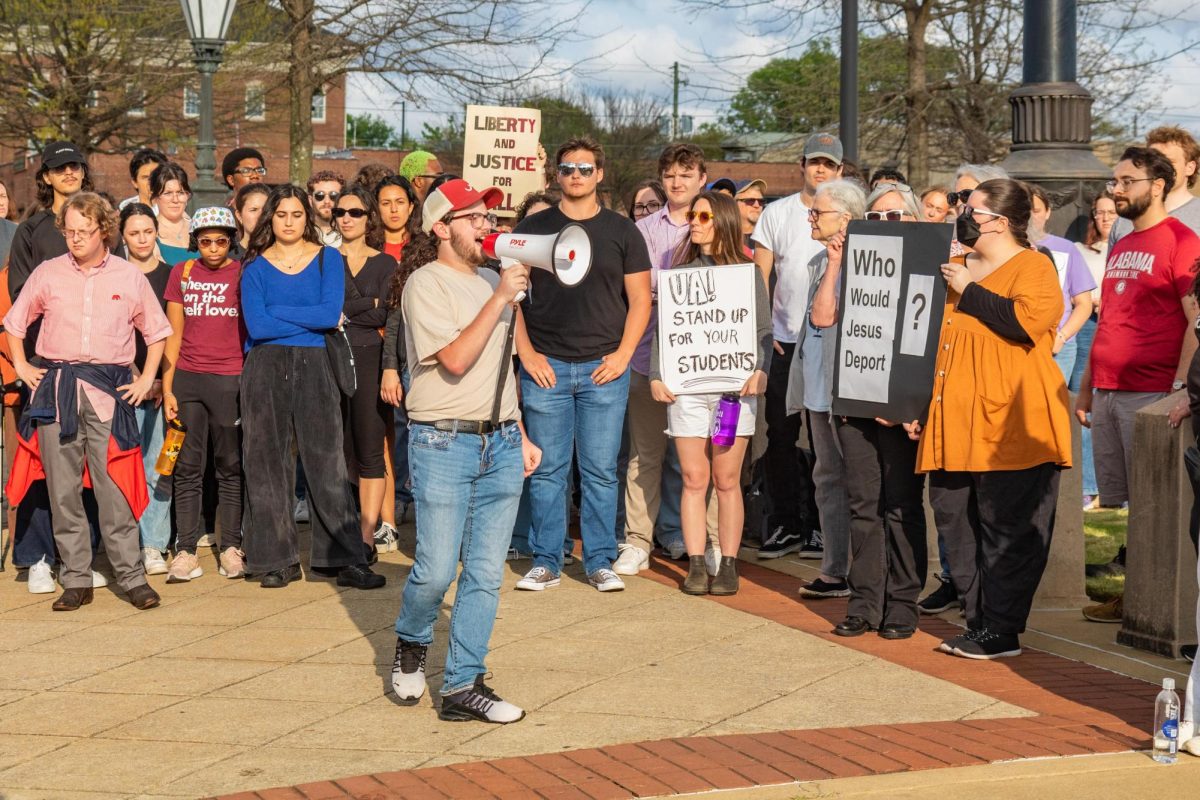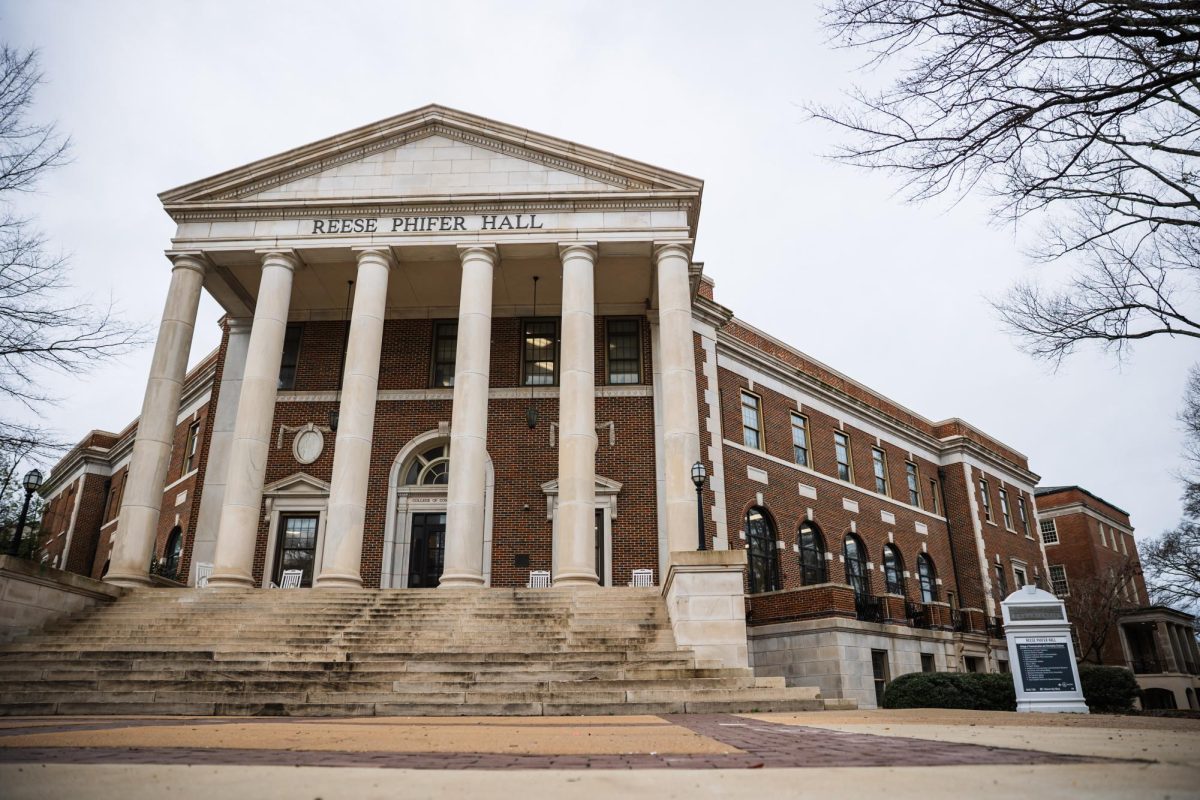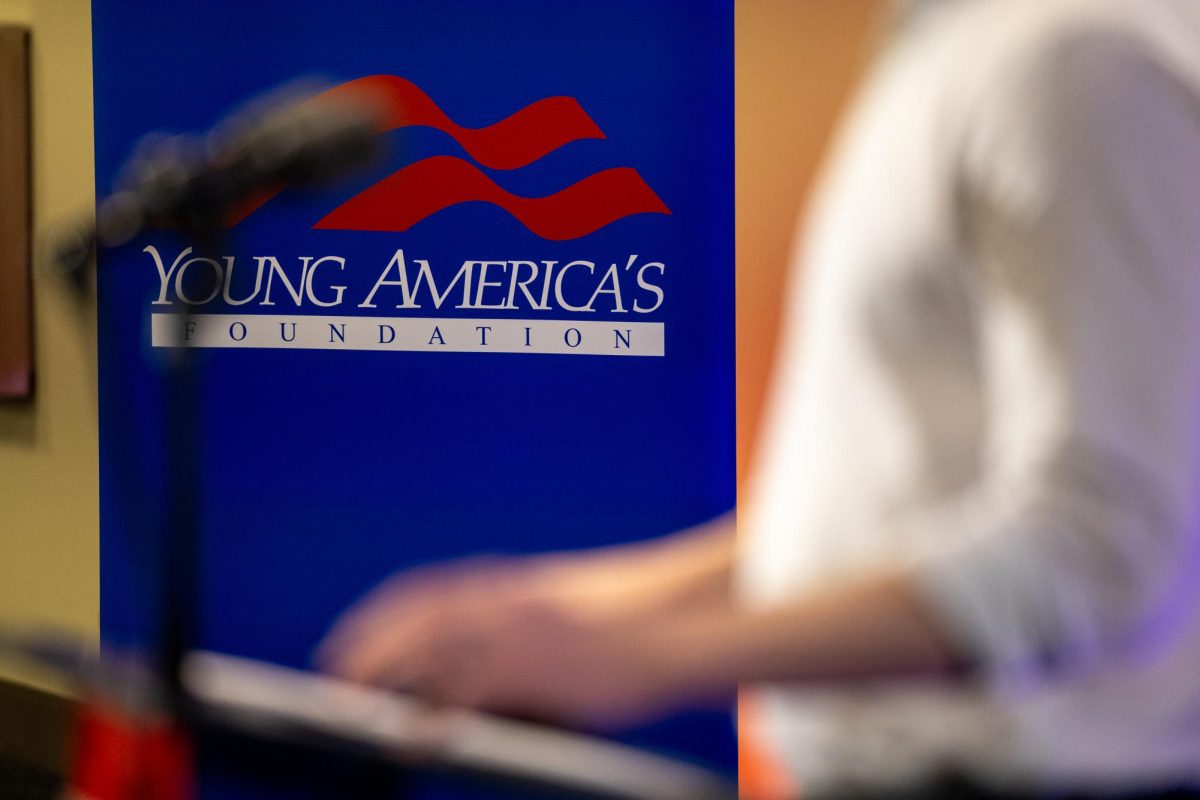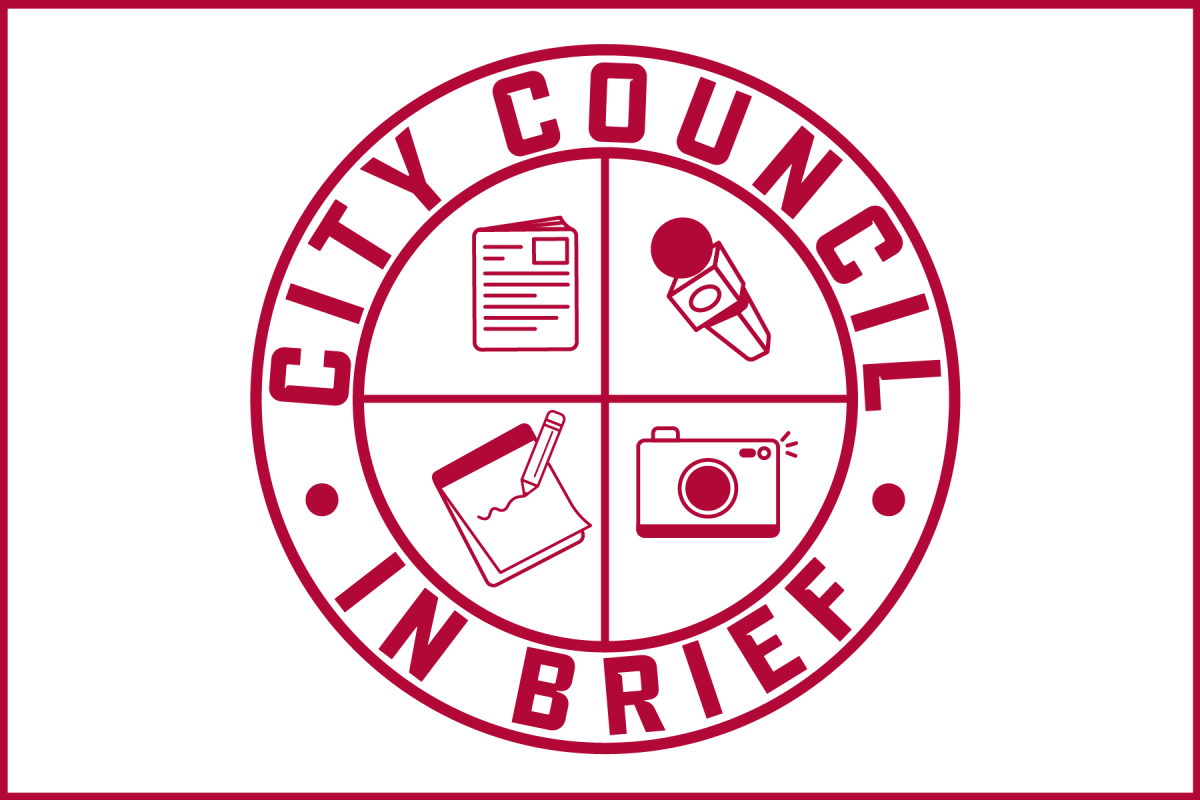Author Lila Quintero Weaver will speak at Gorgas Library on Thursday as the second author in the current “Authors @ Gorgas” series. This lecture series, presented by the University of Alabama Press, hosts Alabama writers who have recently published work.
The first author featured in the series was Robert Oliver Mellown, whose book highlighted architecture and lesser-known facts about the campus of The University of Alabama. Future authors include R. Scot Duncan, Philip D. Beidler and Nimrod Frazer.
(See also “Lecture series to spotlight local history, campus architecture“)
J.D. Wilson, an employee of the University of Alabama Press, said Weaver’s work, “Darkroom: a Memoir in Black and White,” offers a different take on Alabama’s usually dichotomous race relations.
“[It is] the story of a little girl who didn’t fit neatly into ‘black’ or ‘white,’” Wilson said. “Lila cracks the rigid, two-sided, either-or framework that could really stunt both our understanding of what we were all taking part in, as well as perhaps the sorts of solutions open to us.”
Wilson said the graphic novel format that Weaver chose to tell her story makes the complex subject of civil rights accessible to readers.
(See also “Embrace your nerdom in a society that now deems it ‘cool’“)
“[It] opens up ways to understand the civil rights movement to students in a way that a dense 700-page history book would not,” Wilson said.
Weaver said her background led her to choose the graphic novel format.
“Visual art has long been a part of my life,” Weaver said. “Not so with writing. Sometime in the early 2000s, when I first came across a graphic memoir, it clicked with me. This is how I can tell my story.”
Weaver’s story is filled with memorable moments in her life, but she said the most notable is the depiction of a time in 1965 when violence between a white mob and black protesters broke out near her house. Although Weaver said at the time she did not see or even understand exactly what was happening around her, her father filmed some of the marches and the ensuing violence.
The story expands beyond the author and her family, but at its heart, it is still an autobiography that tells the story of the Latino experience of living in the South in the 1960s. When asked how life as a Latina in the South has changed over the years, Weaver said one of the main differences is how much more common Latinos are becoming in the state.
(See also “Being a Latino student in the Heart of Dixie“)
“When we arrived in Alabama in 1961, Latinos were rare,” Weaver said. “Just yesterday I read a statistic from the Pew Research Center that the Latino population of Alabama almost doubled between 2000 and 2010. We’re more visible now, and that makes us more likely to draw negative reactions from people who feel wary of demographic shifts.”
Weaver said attendees of the second installment of “Authors @ Gorgas” can expect to hear her speak on the nuts and bolts of the process and artistic choices as they relate to graphic novels. She also said those who are perhaps not as serious about graphic novels can come to hear a discussion of immigration and race and her family’s experiences related to them.








